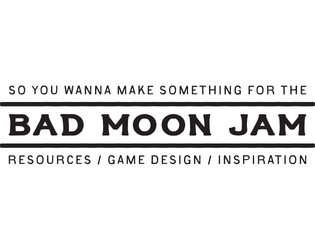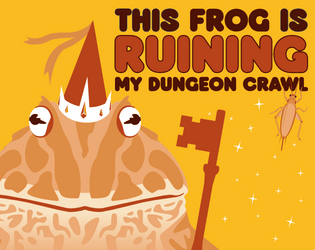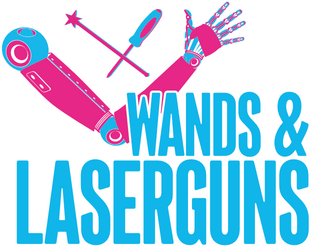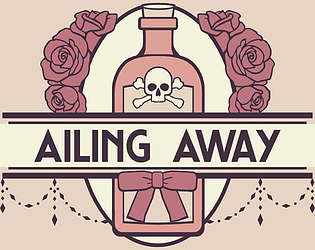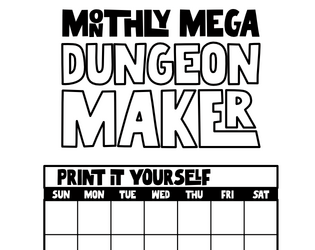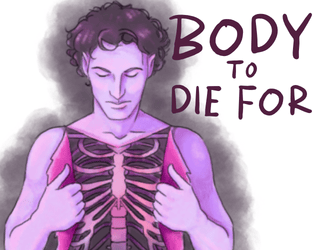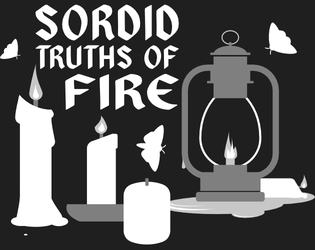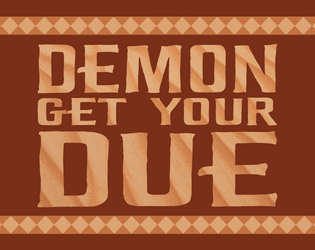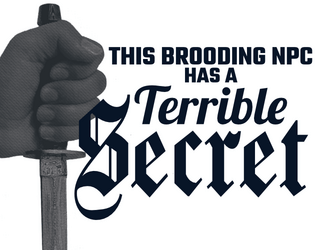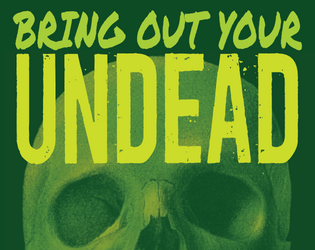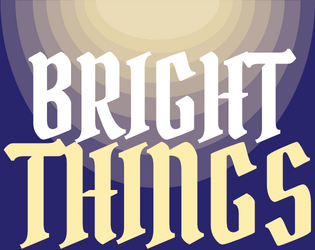I love the map and pitch so far. Just a heads up: there’s no download button yet, which means no file has been uploaded yet. Since this project is a WIP that may have been intentional, but it’s worth mentioning because I do it on accident all the time.
Shouting Crow
Creator of
Recent community posts
for those who do not know, Brina is the creator of another incredible resource guide: https://ratgrrrl-games.itch.io/human-creations-for-creative-humans
I am starting a solo playthrough entitled “magio must die” IMMEDIATELY. I have zero sympathy for the mage, here. Complicated feelings about the crow children wanting their parents to get back together. God, this is a messy little thing in a good way. Like hearing the nastiest gossip in the world. Hairic’s illustrations are, as usual, perfectly charming and fit the subject matter so well. Fantastic DURF adventure.
This is a fantastic resource, thank you for posting it!
I do want to comment that this jam is being very informally judged by a contracted NASA engineer who I happen to be related to. He has asked that I remind folks very gently of the following clause:
"If the NASA material is to be used for commercial purposes, including advertisements, it must not explicitly or implicitly convey NASA’s endorsement of commercial goods or services"
So, like, yes. Definitely use those images! But do make sure if you're leaning especially hard on the theme of NASA or you've got the meatball logo all over your game or something that you put a little blurb on your cover page that you are an independent production not endorsed by the National Aeronautics and Space Administration. My dad's not a rat or anything, he's not even American, but it's good manners, yanno?
Hey, sorry for the delayed response, I either didn’t get a notification or it got lost in the flood.
I would love the help! Anybody who wants to contribute any kind of resource is absolutely welcome to, and it’s appreciated! But so far, there’s only been one request. Who knows, as people work on their submissions there might be more demand for art!
First off: “Sunk Cost”? Great name, very evocative, horrific SEO.
Secondly: Freebooter is the best kind of mariner.
Third: Genuinely, and maybe this is an unpopular opinion, the character incentive for taking big risks is obviously the chance of a big reward. Therefore I want the party phase to have more weight than anything else. Make of that what you will.
This is a good place to ask me nicely for free custom artwork for your Bad Moon submission. You can also DM me elsewhere if you don’t want the request seen publicly, I don’t bite.
Here’s the deal:
- It’s gonna be black and white. (I’m lazy)
- You gotta credit me for the piece. My name is Justin Vandermeer.
- You are allowed to modify the artwork. Go ahead! Colour it, use parts of it, add it to something else, etc.
- The finished piece (my version, not your version) will also go into a free art pack so other people can use it, too.
If you use my art to promote hateful, bigoted garbage I reserve the right to revoke this extremely casual license.
Hey! I know some of you would rather work digitally than with physical media. I made a minizine template for Affinity a while back when I made a dungeon generator. I hope it makes this jam even more accessible.
(It's free to download and there's also an example of a one-page zine)
https://shoutingcrow.itch.io/6-sided-towers
HYPERMALL: UNLIMITED VIOLENCE is type 3 fun. Bad things will happen to your character. You will not be able to explain any of it to your mother without making her question your life choices. Spending debt is weird and sad and genuinely makes me want to hit things until they die (positive), and if that sentence doesn't make any sense to you, please play the game I promise you just need context.
Whoops, things that were in my draft but did not make it into the final version. It was my original intention for doors have a target number of 2-- you need to roll a 3 or higher to break them down with one action. There was a whole page on doors, actually, and I ended up spreading door-specific information throughout the booklet.
I will take a moment to say if memory serves there is at least one other instance of an unspecified target number in this game. This is sort of intentional: I want to encourage players to feel comfortable questioning the oracle wherever the rules are not explicit. The Yes/No oracle works very well for this, actually! You can probably assume the target number is never 1, because a stressful action requires a roll and there's no point in rolling if the target is one. But you could ask "Is MISC ITEM's target number 2?" roll 1d6, and come up with "No, but..." which is generally positive. The lazy man in me wants to interpret that as "No, but you're very close-- the target number is 3".
Sorry for the word dump, but this was a useful place to leave information for the next person who visits this page.


